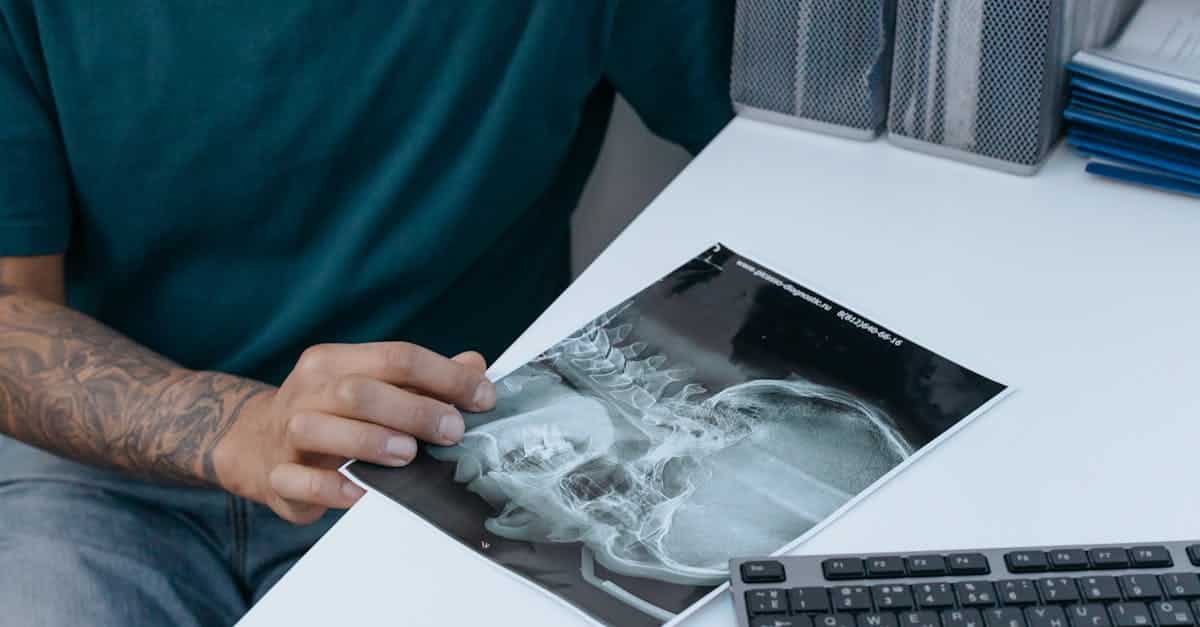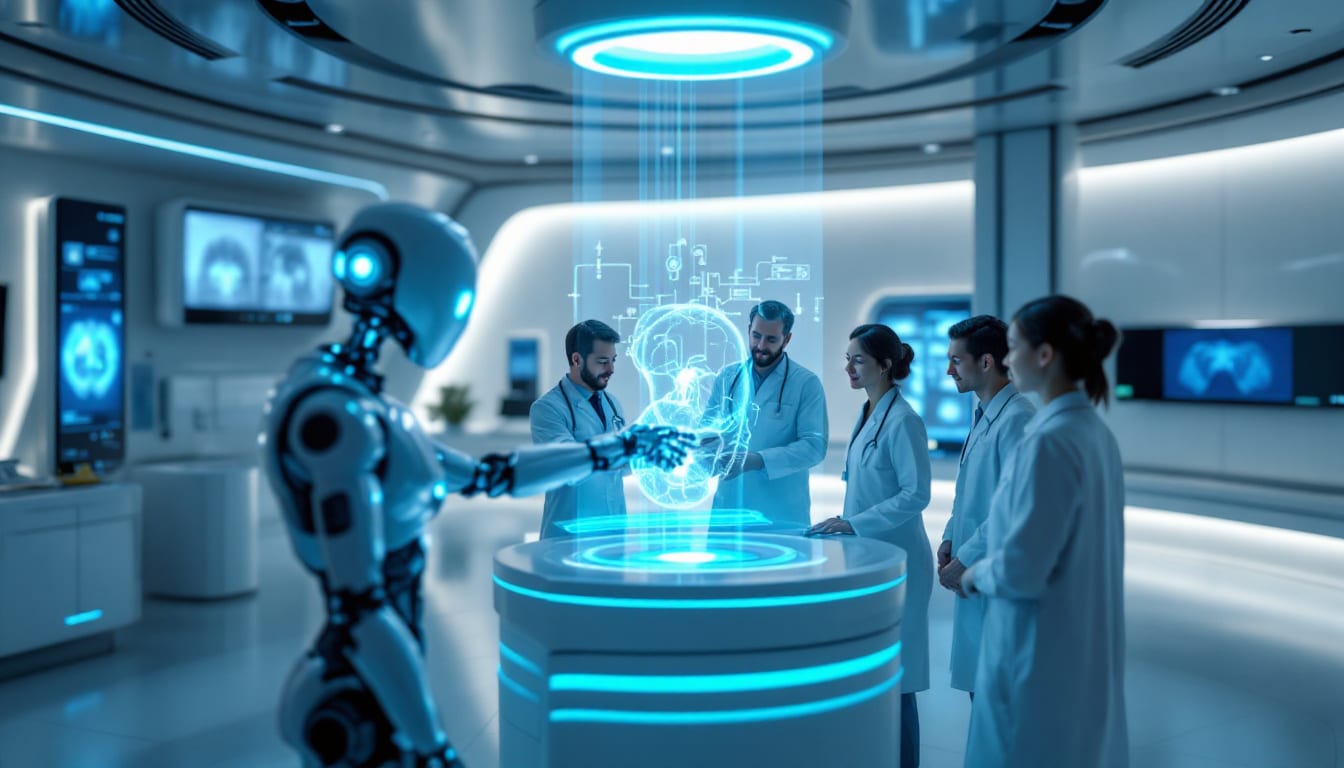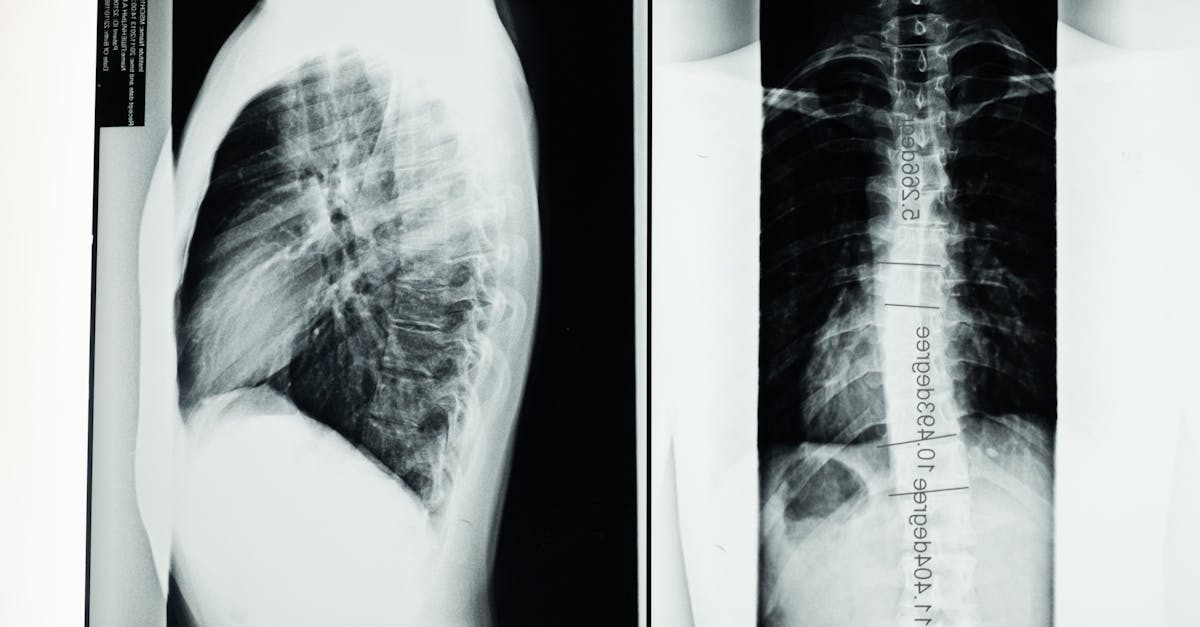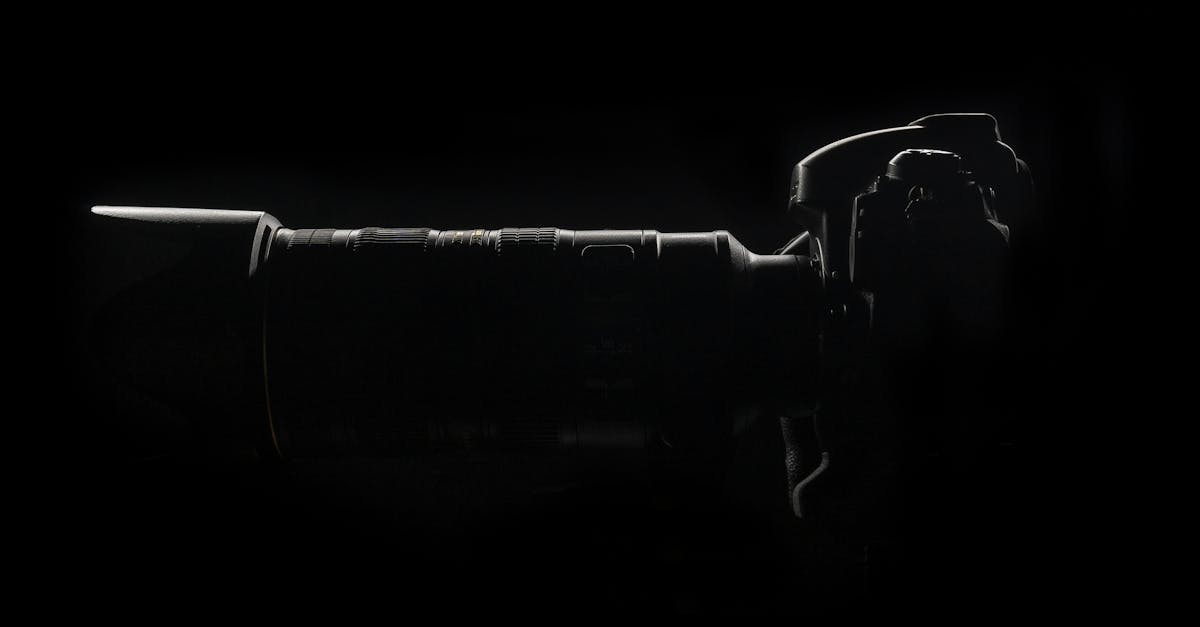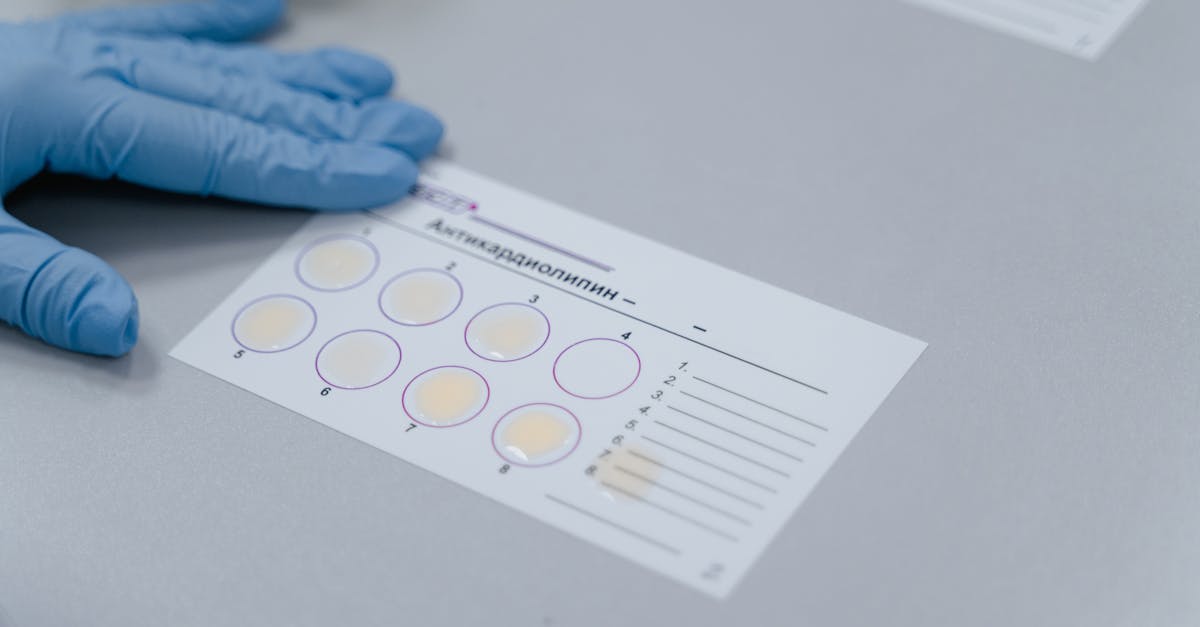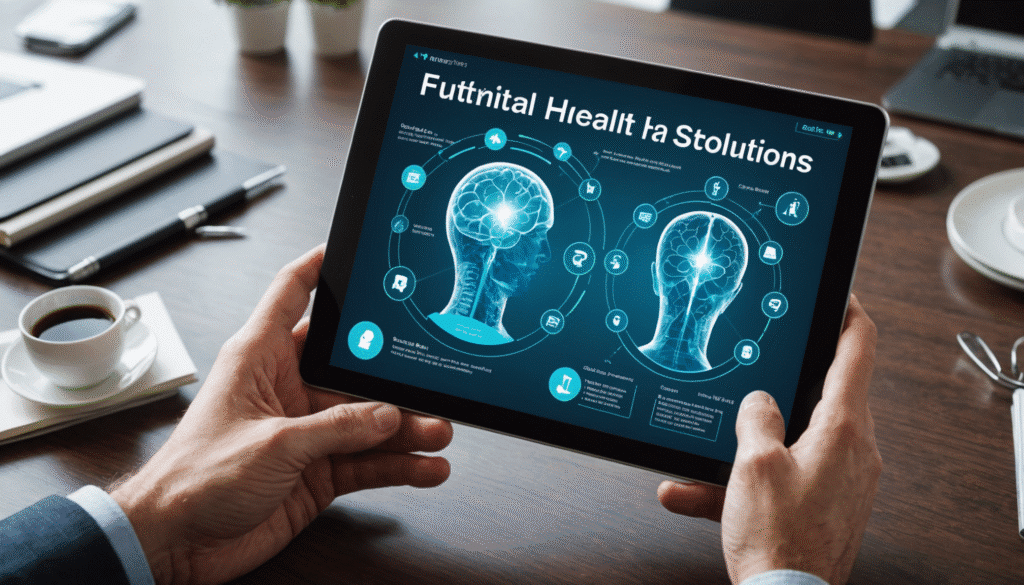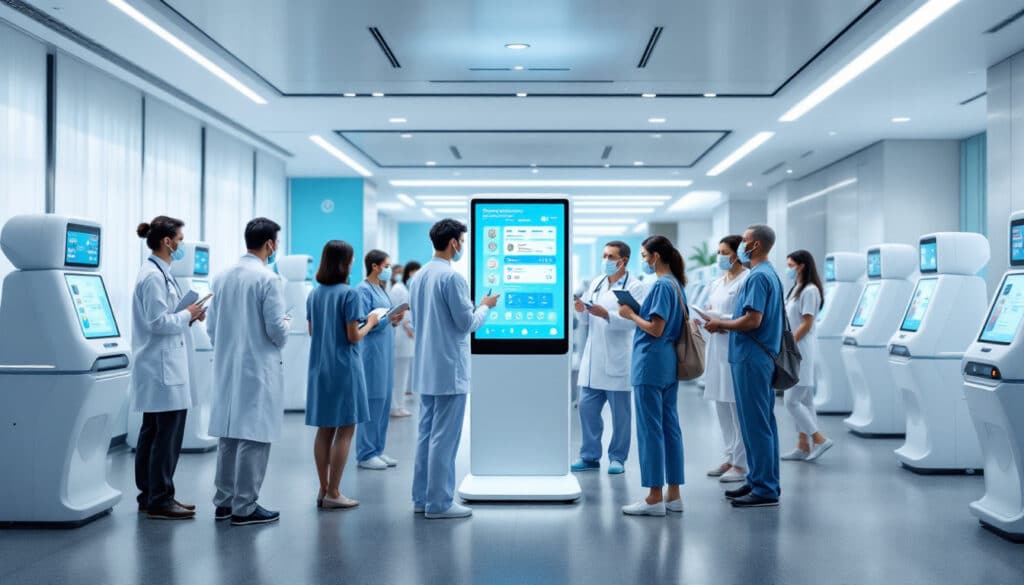A radical transformation is taking place in the medical field thanks to the emergence of artificial intelligence (AI). In particular, its integration into the interpretation of medical images is changing the way practitioners diagnose and treat diseases. AI, with its advanced analytical capabilities, optimizes the effectiveness of diagnostics while reducing the workload of radiologists. By lightening this load, radiologists can focus more on complex cases that require their expertise. This article explores the various ways in which AI impacts radiological practices, its advantages, and the challenges associated with its use.
Impact of AI on Radiology Practices
Technological advances in artificial intelligence and machine learning provide the opportunity to analyze medical images with unprecedented speed and accuracy. In the context of radiology, AI acts as an assistant that collaborates with radiologists to improve the quality of diagnostics. For instance, AI algorithms can be trained on vast datasets of images to identify subtle patterns that may escape the human eye. This is particularly relevant in the case of mammograms, where early detection of anomalies is crucial for cancer treatment.
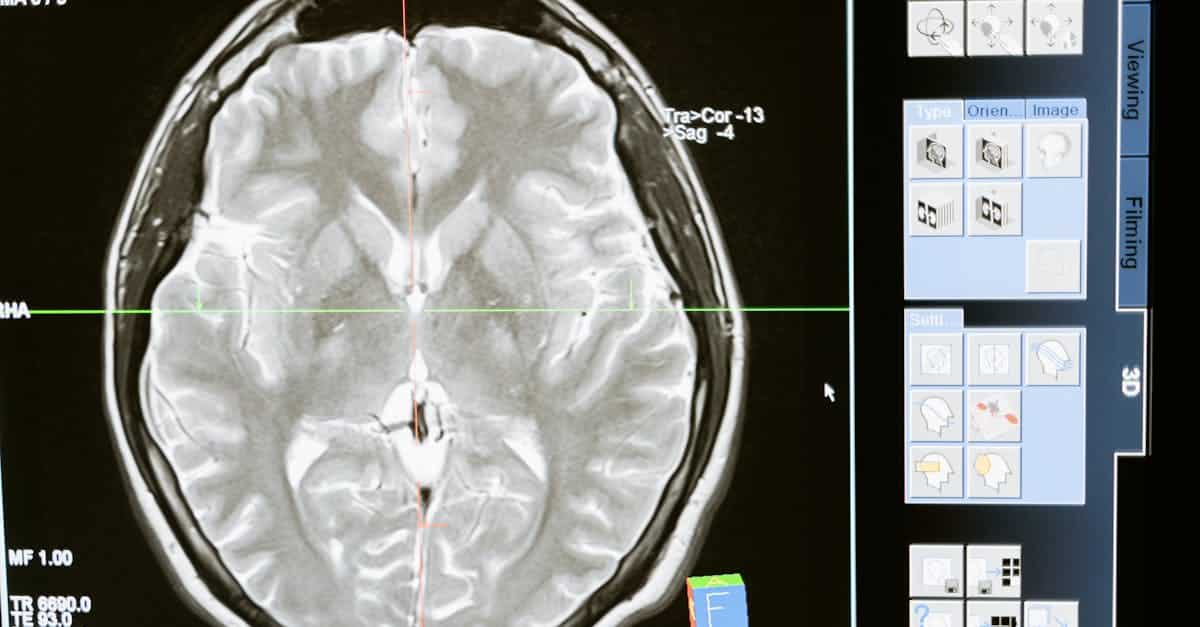
Improvement of Diagnostic Accuracy
One of the main advantages of AI lies in its potential to improve diagnostic accuracy. By combining human intelligence and algorithmic analysis, it is possible to significantly reduce the number of false positives and false negatives. For example, a double examination of a mammogram by a radiologist and an AI algorithm can increase the detection of anomalies and improve patient survival rates through early diagnosis. By making this process more reliable, AI helps healthcare professionals provide better quality care.
Performance Optimization through AI
In addition to enhancing accuracy, AI also allows for performance optimization by facilitating the sorting and prioritization of cases. With its ability to filter thousands of images, AI can quickly identify urgent cases. This is particularly important in emergency settings, where every second counts. Radiologists can then focus on the most critical cases, increasing the overall efficiency of the radiological service and improving the patient experience.
Training and Development of Radiologists
AI tools should not be viewed as a threat to radiologists, but rather as a means to complement and enrich their expertise. To leverage AI technologies, adequate training must be provided to professionals. This training process includes understanding algorithms, interpreting the results provided by AI software, and integrating these results into the overall decision-making process. By adopting these tools, radiologists become key players in the interaction between AI and patient care.
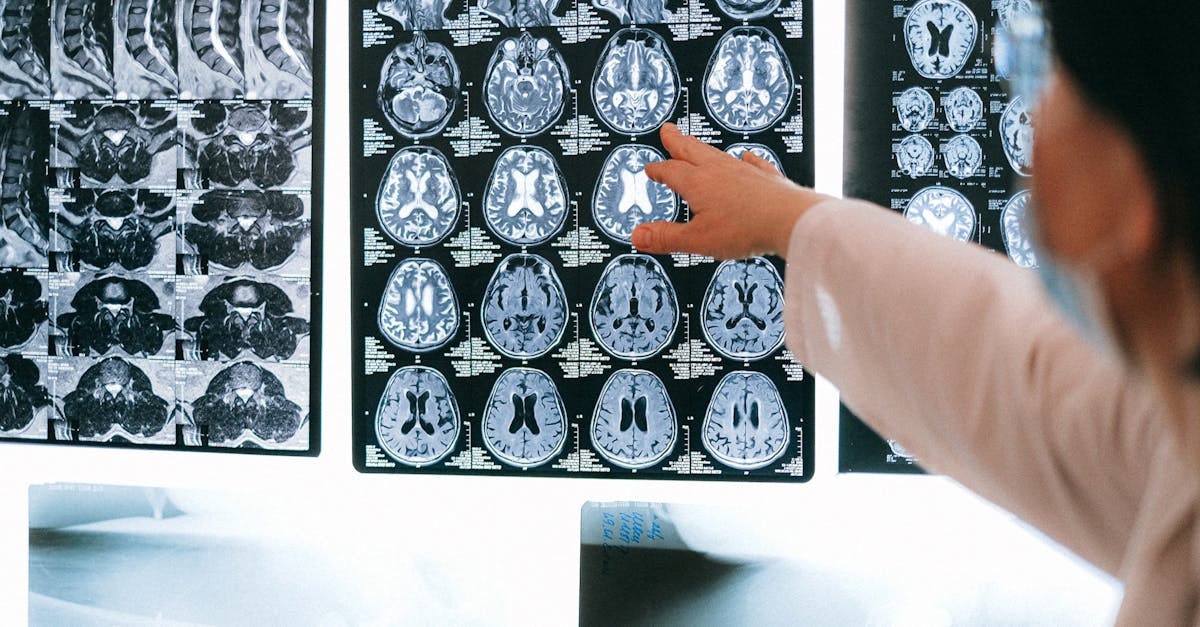
Collaboration Between Radiologists and AI
An effective collaboration between humans and machines is essential for the successful deployment of AI tools. This cooperation is manifested in the sharing of information and continuous feedback, allowing the AI tool to evolve and adapt to the needs of radiologists. Consequently, the interaction becomes synergistic, where radiologists can not only validate analyses but also highlight the limitations of algorithms, thereby ensuring responsible and ethical medical practice.
Challenges and Considerations of AI Integration
Despite the obvious advantages, the integration of AI in radiology presents several challenges that must be addressed. The acceptance of these technologies by professionals is one of the main obstacles. Some radiologists may fear that AI will reduce their role in the diagnostic process. It is crucial to clarify that AI is an assistance tool meant to enhance diagnosis rather than replace human expertise. Communication around AI should promote this collaborative vision.
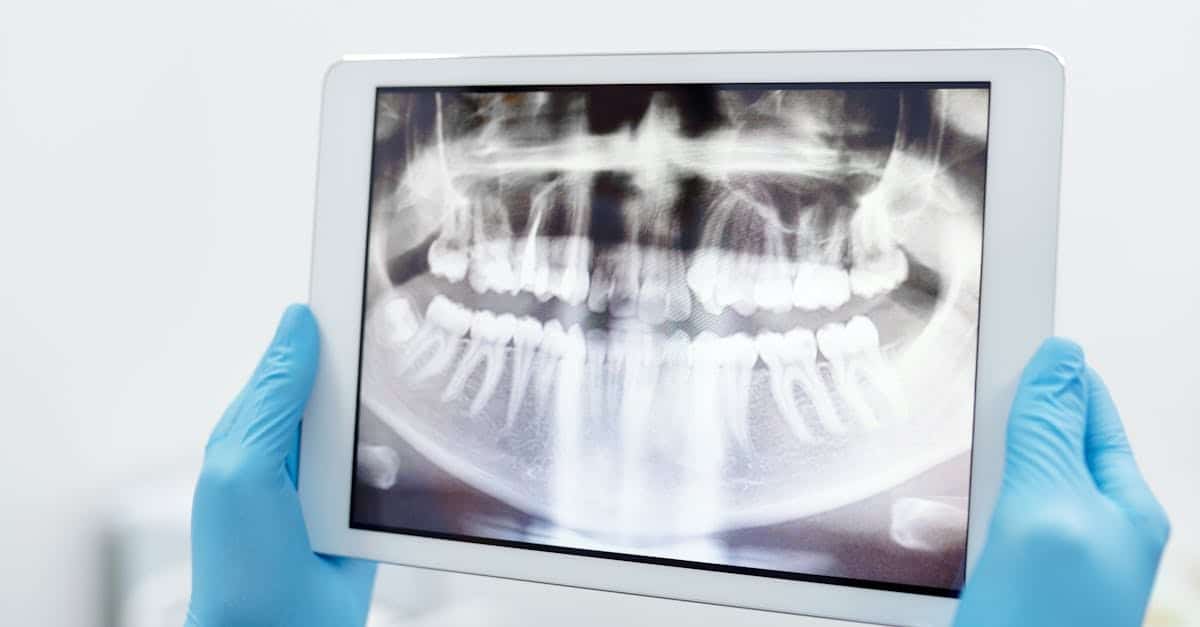
Data Security and Ethics
Another critical aspect is data security. Access to patients’ medical information must be managed rigorously to prevent data breaches. Furthermore, transparency regarding the use of these technologies must be a priority. Patients should be informed about the AI tools used during their diagnosis and the implications of these tools. An ethical framework must be established to ensure that AI systems comply with data protection standards.
Future Perspectives of AI in Radiology
Looking to the future, the prospects regarding artificial intelligence in the field of radiology appear promising. Ongoing research is focused on developing even more accurate algorithms capable of analyzing various imaging modalities. The combination of AI with other technologies such as robot-assisted surgery could also enhance medical procedures, allowing for more refined and personalized patient care. This interconnectivity may represent the next big leap in the evolution of medicine.
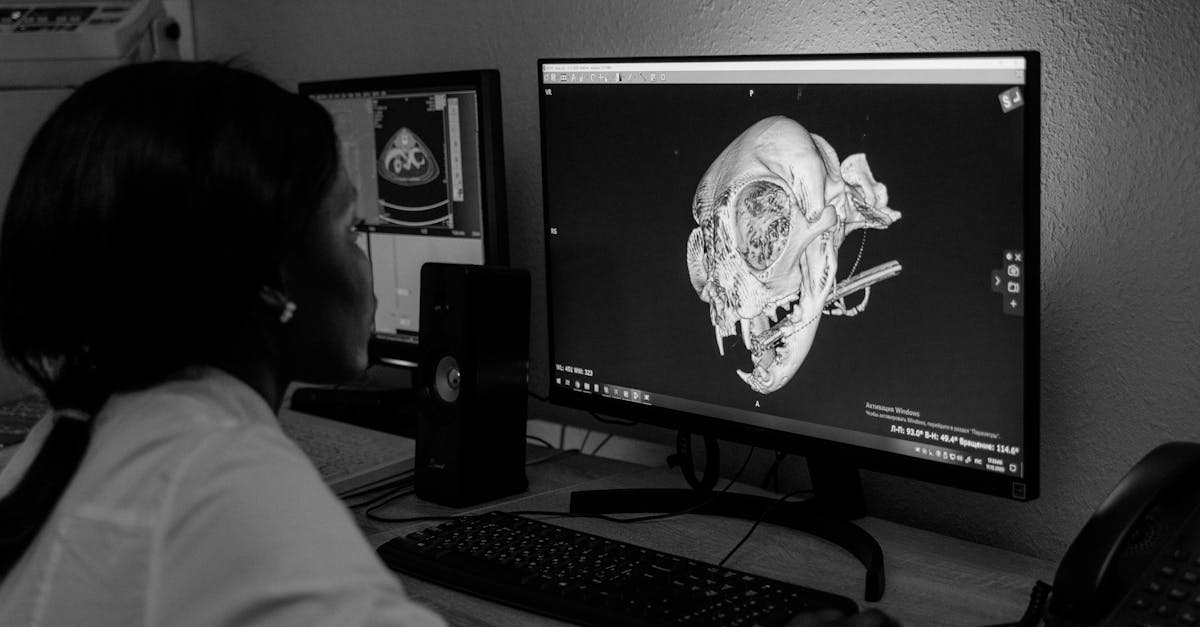
The Standardization of Analyses with AI
Another vital point for the future lies in the standardization of analyses. With AI, diagnostic protocols can become more uniform, ensuring that each patient is treated equivalently. This also helps to reduce inter-observer variability, where different radiologists might reach diverging conclusions when examining the same image. Standardization thus becomes a major asset for improving healthcare efficiency.
Conclusion on the Integration of AI
The integration of artificial intelligence within radiology continues to evolve and presents unprecedented opportunities. The combination of human intelligence and AI in medical imaging could revolutionize diagnostic practices, making the process more efficient while adding value to patient care. Although challenges remain, efforts to integrate these technologies will continue to shape the landscape of medicine in the coming years.

